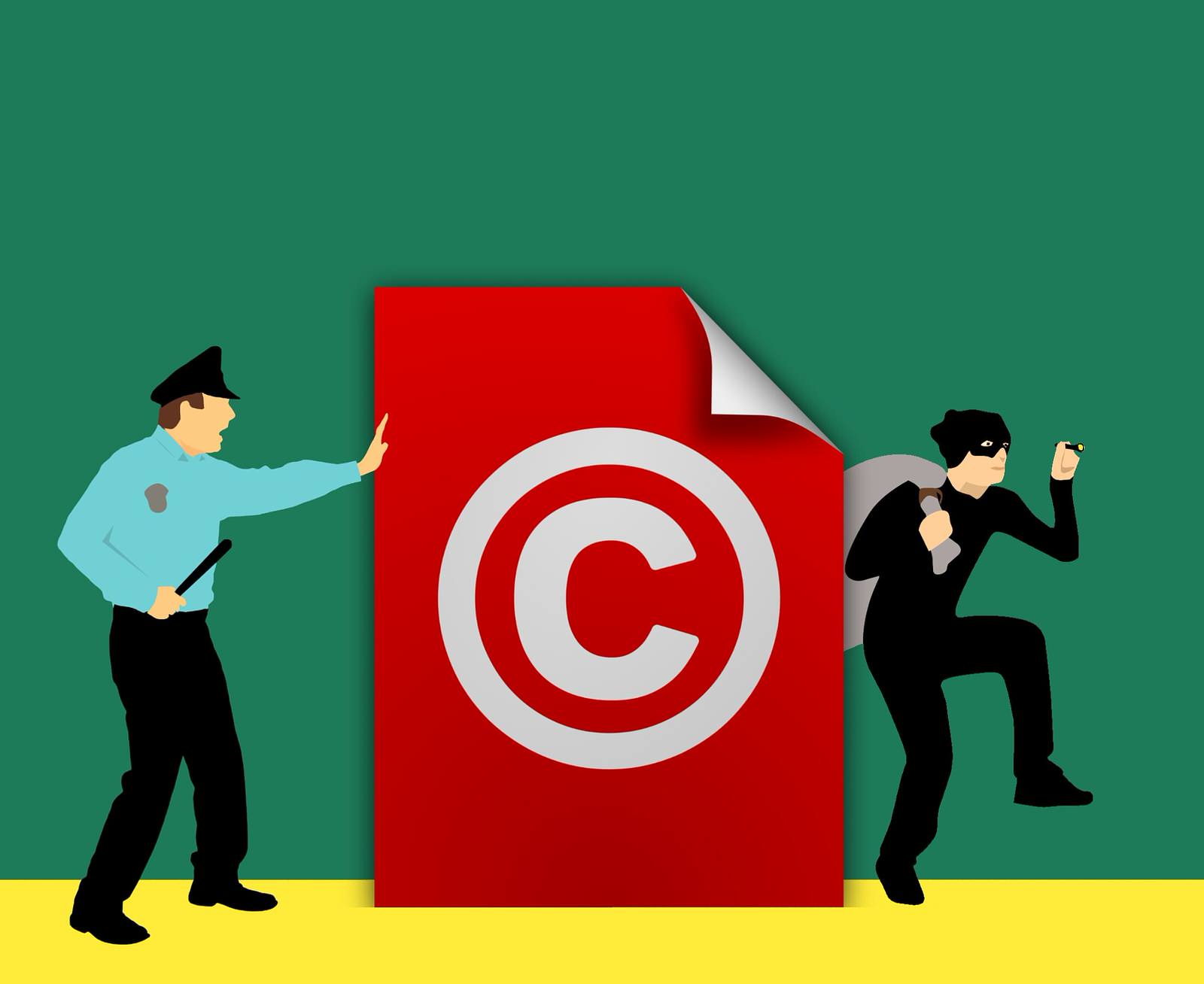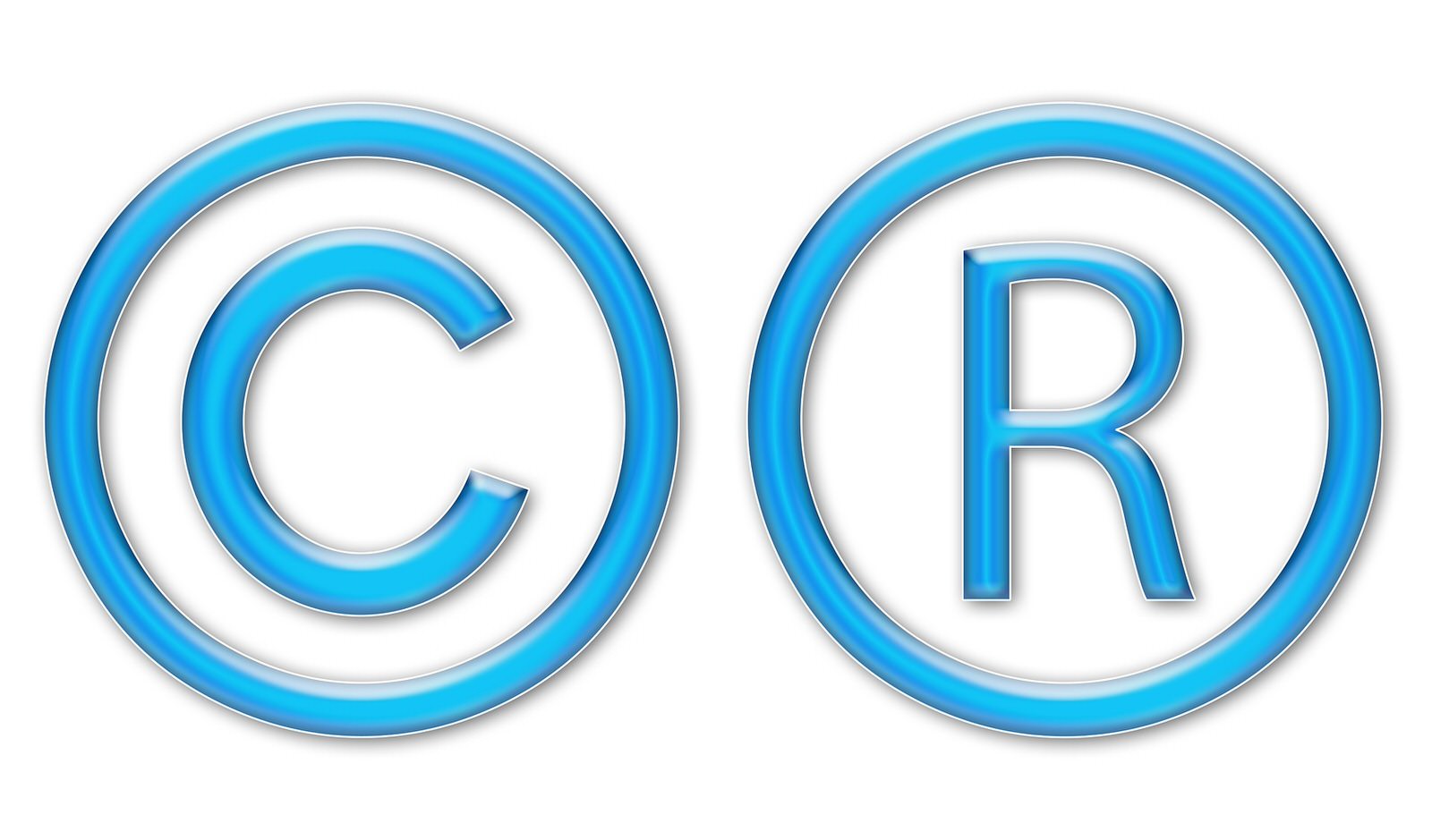
The Biggest Ways Being Blind to Intellectual Property Laws Can Hurt Your Photography Business
It’s not IF it happens. It’s WHEN it happens.
Yes, intellectual property impacts your business daily. And others who don’t know (or don’t care) about IP laws can take away from the brand you’ve built and/or products you’ve created.
With such a low barrier to entry, the photography industry is full of businesses trucking along completely unaware of the intellectual property existences and laws. While intellectual property is often the more important asset to any business, these laws impact our industry more than most.
Not only do we have the standard business names, logos, and marketing materials that make up this term “intellectual property,” but we also sell photographs, a key intellectual property, as our product. So, as photography business owners, we are in a unique position that is at risk of becoming devalued and infringed if we are not equipped with the knowledge and tools to protect our very livelihoods.
It’s pretty scary to know that intellectual property is the core of our industry, yet so many know so little about it.
I’m sure you’ve seen at least one of these scenarios in photography groups online:
- Someone stole my images and is using them on their Instagram!
- My blog post was scraped and is being used on a large brand’s website.
- This company is using the same name as mine!
If any of these things has ever happened to you, did you know what to do? Or do you know how to keep yourself from doing wrong to others?
Hey, I’m Rachel Brenke from TheLawTog®, the legal resource for photographers to help you guys avoid issues in your photography business.
I’m not here to talk-down or shame any photographer for not understanding intellectual property laws. In fact, I’ll let you in on a secret: intellectual property is such a niche and specific area of law that you will know more about it after reading this article than many lawyers out there!
Now, don’t let that shake your confidence in lawyers. The points here will help you realize two things. First, this area of law is cutting edge, ever-changing, and is integral to our society and business. You are in the throes of it. This means you should pat yourself on the back – you’re taking the productive steps towards being a successful business owner. Second, when you do find yourself an attorney well-versed in this law, send them a card at Christmas, ‘cause you now have a sliver of an idea of what goes into this tough area of law! Shall we begin?
Understanding Intellectual Property Laws
Intellectual property is divided into a few primary areas of law: trademark, copyright, patent, and trade secrets. For our purposes, we’re going to focus on trademarks (business names and logos) and copyright (logo, photographs, text).
These are the two main types that directly impact entrepreneurs, particularly us photography business owners. And while this article is written by an intellectual property attorney, the information provided here is for educational purposes only and should not solely be relied upon in making decisions for your business.
1. Choosing an Infringing Business Name
As mentioned before, everyone has intellectual property. Most of the time, it is in the form of a business name. Choosing a business name can be a fun, difficult, and overwhelming process. You want to pick the right one for marketing, but don’t want to be the same as everyone else. It’s great if you take your time and feel the tough decision making that goes into a name. However, we can’t just follow the marketing brand analyses and butterflies in our stomach. To ensure that we aren’t treading on an existing business name, there are multiple steps of researching we need to do.
A business name is often protected through trademark registration. Trademarks are unique from copyright in that they are protecting the name (slogan or logo) in its connection to a service or product. More specifically, the definition of a trademark is a symbol, sign, word or words “legally registered or established by use as representing a company or its product.”
Contrast this from copyright, defined by the U.S. Copyright Office as “a form of protection provided by the laws of the United States for ‘original works of authorship’, including literary, dramatic, musical, architectural, cartographic, choreographic, pantomimic, pictorial, graphic, sculptural, and audiovisual creations.”
The copyright laws protect the actual artwork. The distinction between the two is what is being protected. Trademark is the source indicator and copyright is the protection of the property itself. The goal of copyright law is to protect the work, while trademark law is to protect the source that the specific goods or services are coming from. Trademarks seek to reduce or eliminate confusion for a consumer.
For the purposes of this article, I’m not going to go too deep down that hole for you. But now when you’re at your next mixer, you can regale the room of this knowledge and blow their minds when you tell them a logo can be protected by both trademark and copyright laws.
To get a better understanding of this, let’s use Nike’s swoosh as an example. When you see the swoosh on a pair of athletic shorts, what does that tell you? More than likely that the product came from Nike and should be of the same quality that Nike is known for. In order to protect this source indicator and avoid confusion in the marketplace, business owners register for trademarks – state or federal.
So what does this mean to you? You want to ensure you aren’t infringing on an existing business name, protect your consumers from being confused with others, and protect yourself from others riding on your hard-earned business marketing efforts.
Here is a quick checklist of ways to search before ever putting together a logo, getting that website, or even registering your business:
- Search the United States Patent and Trademark Office,
- Search your State’s Corporations Database,
- Set up Google Alerts to see if the same or a substantially similar name is used for the same or similar product/service,
- Search social media handles,
- Do an internet search – but don’t solely rely on internet searches because not everyone’s search engine optimization is that great.
When searching, you want to look not only for the same name, but a similar name for the same or similar product or service. For example, Cheery Wine Vineyards may be registered or in business for selling wine. This will probably not be an infringement or stall to your use of Cheery Wine Photography.
Once you determine no other same or similar marks exist for the same or similar product (and the other party doesn’t have priority use over you), you should submit a trademark application to pursue registration. The process can be complicated, so it’s always advised to have an experienced intellectual property firm do the proper searches and applications so that you do not waste your monetary resources and/or cause issues on an application that may keep you from successful registration.
Ignoring trademark laws and just arbitrarily choosing a business name could lead to you getting slapped with a trademark infringement suit and/or cease and desist. It’s a very true reality – by simply choosing a name and not doing proper searches, you may end up having to pay out the profits that were made from the use of the business name, as well as pay for a legal team. Even this lawyer would prefer you keep your money in your pocket and focused on growing your business, not defending yourself from trademark infringement.
2. Not Having the Ownership You Thought You Had
A major intellectual property pitfall plaguing the photography industry is that many photographers believe they have copyright ownership to photographs taken by their assistants and/or second shooters… but they actually do not.
This is a pivot from the previous discussion on trademarks. We are now focusing on the protection and ownership (or non-ownership) of the very product that we make our livelihood off of – photographs.
This is a topic I’ve been shouting from the rooftops but no one seems to have issues with until… well, they have an issue.
Whenever you have someone else creating intellectual property for you, be aware of who actually has the ownership of that product. By default, contractor second shooters and assistants retain ownership of the photographs they take unless a written contract conveying ownership exists between the primary photographer and this contractor.
A little FYI: The same can not be said when it comes to someone who is an employee and photographs for you. By default, those photographs are owned by the company.
Perhaps you’re a photographer who solo shoots, so you don’t find this applicable. In this case, you can think of the potential danger in context of logo design. Probably, the logo designer is not employed by your business, therefore they are a contractor. By default and without something in writing, they retain the ownership of the logo.
Here’s why this is dangerous – without the ownership conveyed in writing or an employment relationship, you, the primary photographer, can run into the following issues:
- The copyright owner can stop your use of the photographs at any time – this includes your use for marketing. If you don’t stop using them, you can be sued for copyright infringement.
- You have no, or extremely limited, rights to sell those photographs to your clients.
- You cannot pursue copyright registration protections (photograph).
- You cannot pursue trademark registration protections (logo).
- You have no, or extremely limited, licensing rights to those photographs (such as to vendors or marketing partners).
We highly recommend that any time your photography business hires someone to create intellectual property, you get an intellectual property transfer document signed or ensure you have proper licensing to the intellectual property for your use. Not every primary photographer wants to transfer ownership of their secondary photographer’s property – but it’s important to have this knowledge and the proper legal documents to reflect intellectual property ownership, among other legalities.
What Are You Going to Do Now?
This article is just a highlight of two pressing intellectual property issues plaguing our industry – trademarks and copyright. More do exist, but you’ve been given a good foundation to research for now. It is greatly encouraged that you dig into further topics such as:
- Privacy rights and impact on your photography marketing
- Copyright registration for statutory protections
- Contract drafting to protect intellectual property
- Licensing to vendors and third-parties
I understand that this article may be a little overwhelming, but for good cause. We have a mighty and important duty to protect the photographs we create, and utilize the protection tools available to set our photography businesses up for success.
TheLawTog is the only dedicated legal resource for photographs providing years upon years worth of articles, podcasts, and videos to help freely improve your understanding of other legal issues that you may be faced with. For more information on intellectual property laws, please visit TheLawTog website and TheLawTog Facebook group.
















